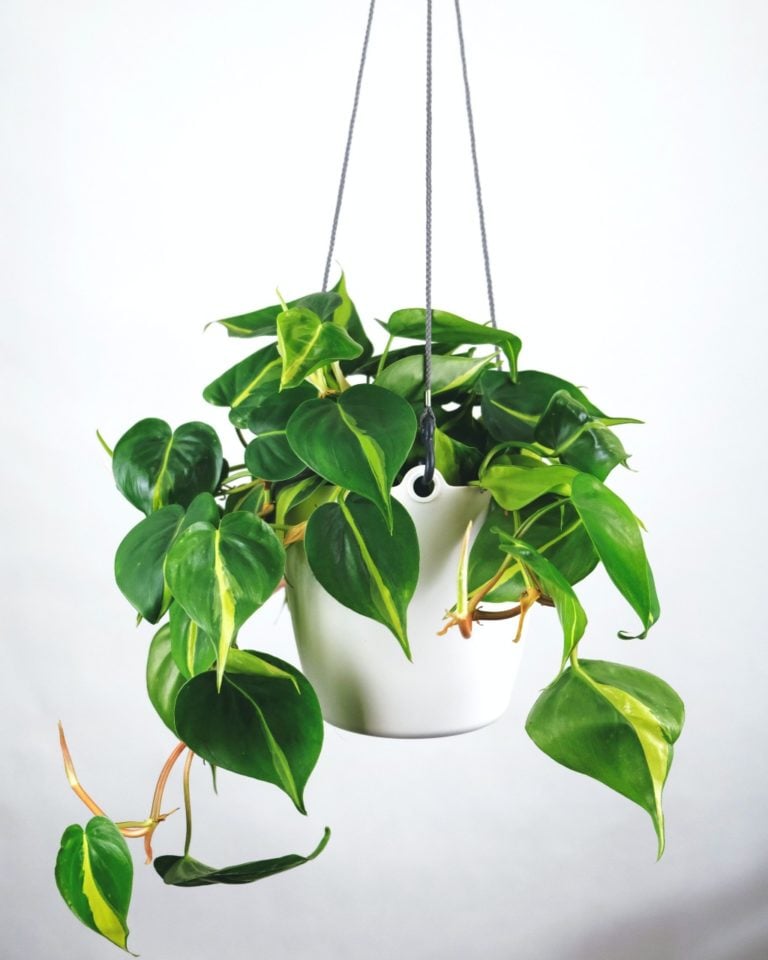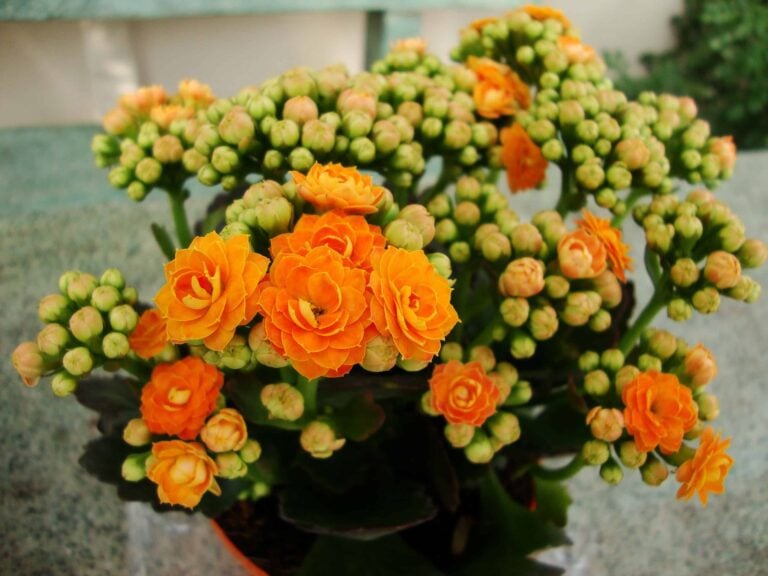Types Of Spider Plants – 7 Different Varieties (With Pictures)
Spider plants are tropical plants that are one of the most popular house plants out there!
If you’re interested in learning more about the varieties of Spider plants, you’re in the right place.
In this article, I will explore the 7 different varieties of Spider plants to give you a better idea of which plant is the right fit for you.
Let’s get started.
What Is A Spider Plant?
Spider plants are herbaceous tropical perennials that make popular houseplants.
They have long been used in the home and garden for their attractive appearance and the fact that they are low-maintenance to take care of.
Their leaves are either all green, or variegated in either green and white, or sometimes green and yellow, depending on the cultivar.
Types Of Spider Plants
There are a wide variety of Spider plants. Each type has its own characteristics and benefits.
Today I’m going to take a closer look at 7 different varieties of Spider plants that are easy to grow indoors and outdoors.
Hawaiian Spider Plant (Chlorophytum Viridescens ‘Hawaiian’)
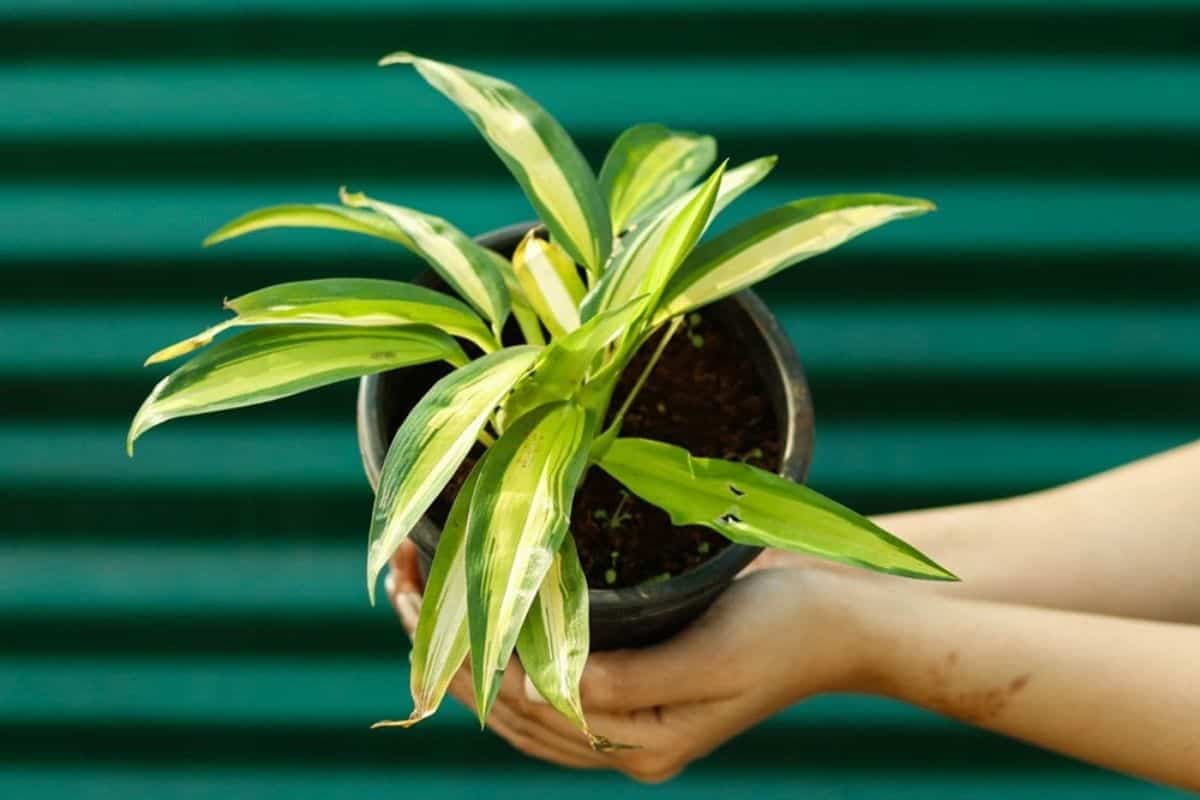
The Hawaiian Spider Plant is native to southern Africa and thrives in tropical habitats.
This plant is a unique cross of four spider plant varieties and is renowned for its green foliage with golden stripes down the center.
This plant is great for filtering the air in a room and produces oxygen whilst removing impurities from the home or office.
The Hawaiian plant can withstand full sunlight to partial shade thrives in well-draining soil. They can grow up to 6 to 12 inches (or 15 to 30 cm).
Too much water can lead to root rot, so you will only want to water these plants when the soil is dry.
Zebra Spider Plant (Chlorophytum Laxum)
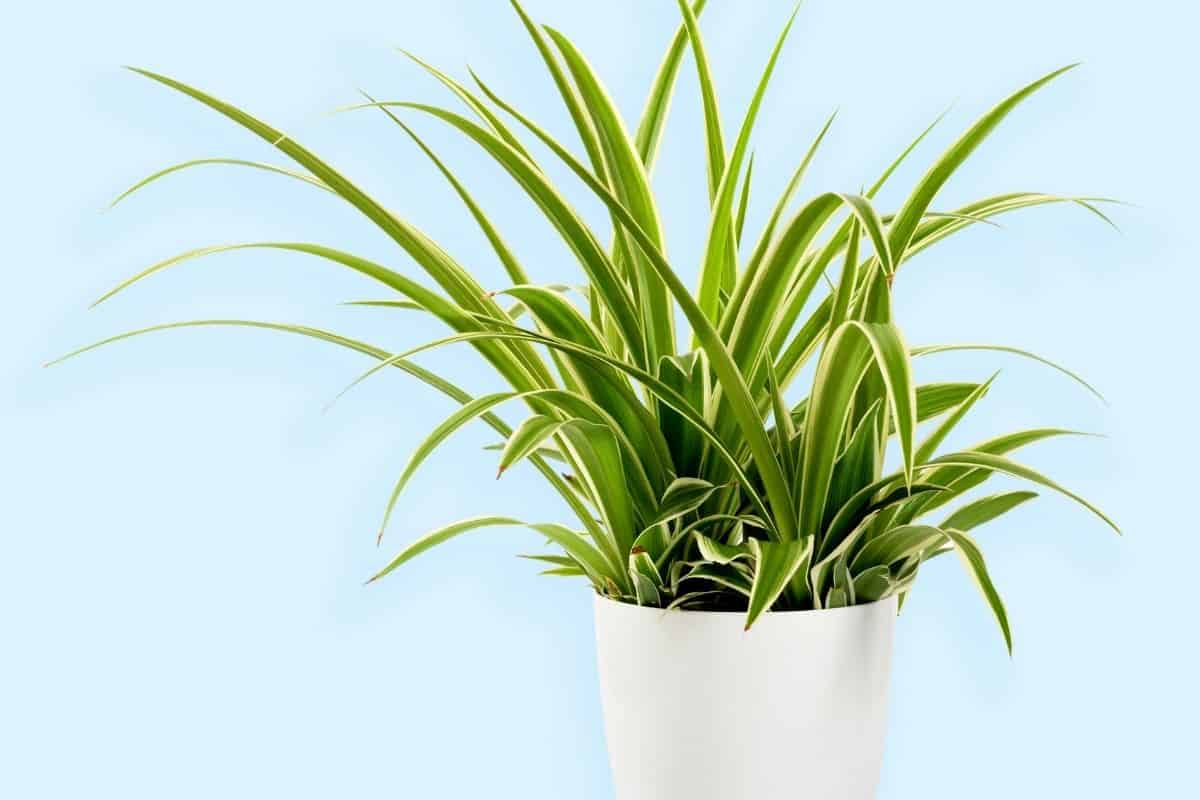
Zebra Spider plants are one of the most popular types of spider plants available.
This variety of Spider plant owes its name to the striking zebra-like patterns on its leaves that begin as yellow and later turn white.
They grow best in bright light but will tolerate some shade, so you will need to pick a suitable location to place your plant.
Zebra Spider plants need regular watering during dry periods. They do not like sitting in an excessive amount of water, so make sure you choose well-draining soil.
Bonnie Spider Plant (Chlorophytum Comosum)
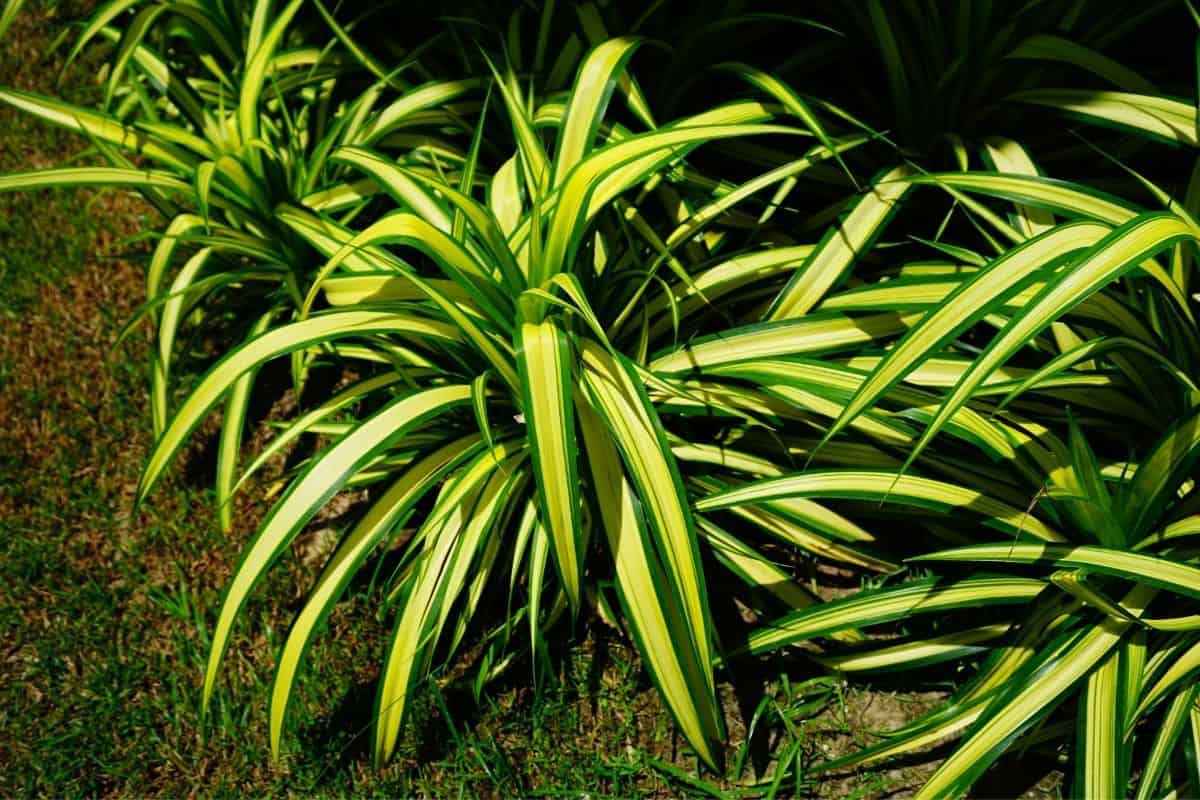
Bonnie Spider plants are also known as greenhouse Spider plants because they thrive in warm conditions.
This low-maintenance plant is renowned for its beautiful green and curly leaves, which can grow up to 8 to 18 inches.
They need lots of light to thrive, so many people tend to place them on their balconies or in well-lit bathrooms.
These plants are very easy to care for and require little maintenance. You will need to allow the soil to dry properly in between watering.
Chlorophytum Bichetii
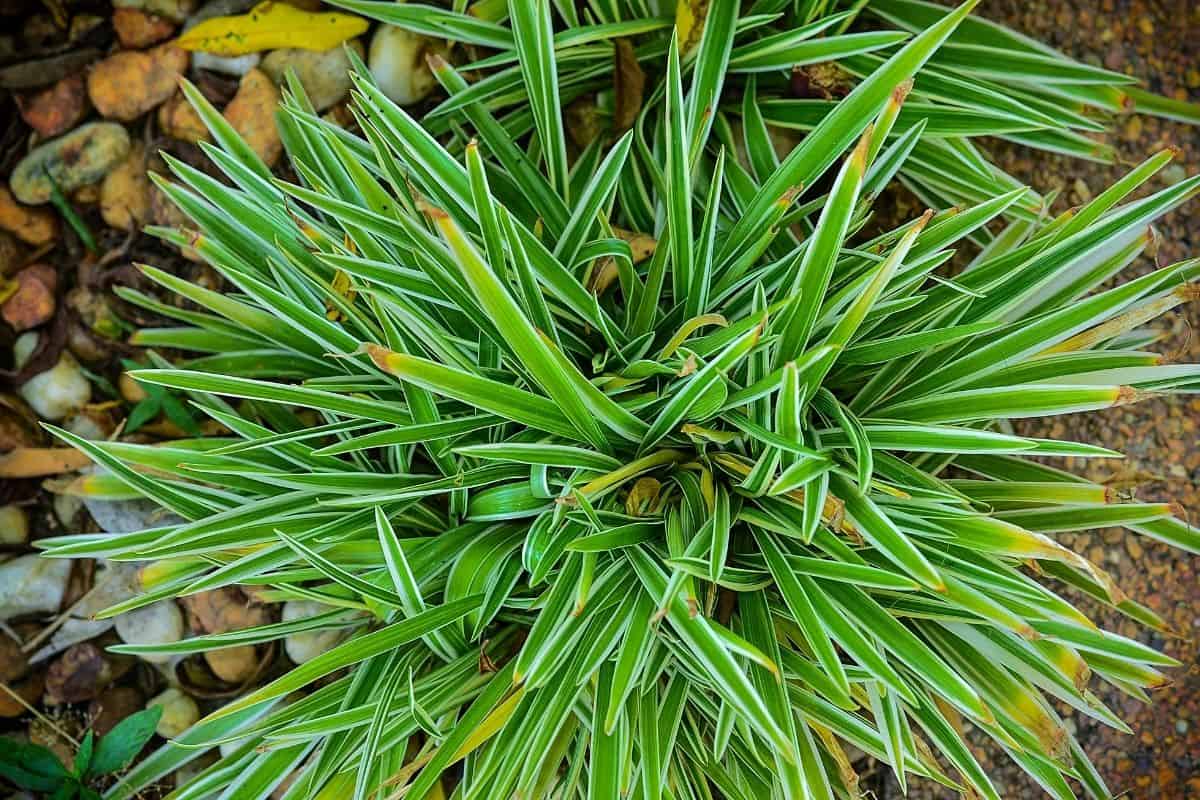
Chlorophytum Bichetii is a hybrid between two different species of Spider plants. It is a non-flowering species and has small, pointed leaves, and grows about 1 foot tall.
Chlorophytum Bichetii needs a moderate amount of sunlight and does well in moist, well-draining soil.
You will want to ensure that you allow the soil to dry slightly between watering, as you don’t want to overwhelm the plant’s roots.
If you water your plant too often, this could lead to root rot and a variety of other problems due to overwatering.
Chlorophytum Capense
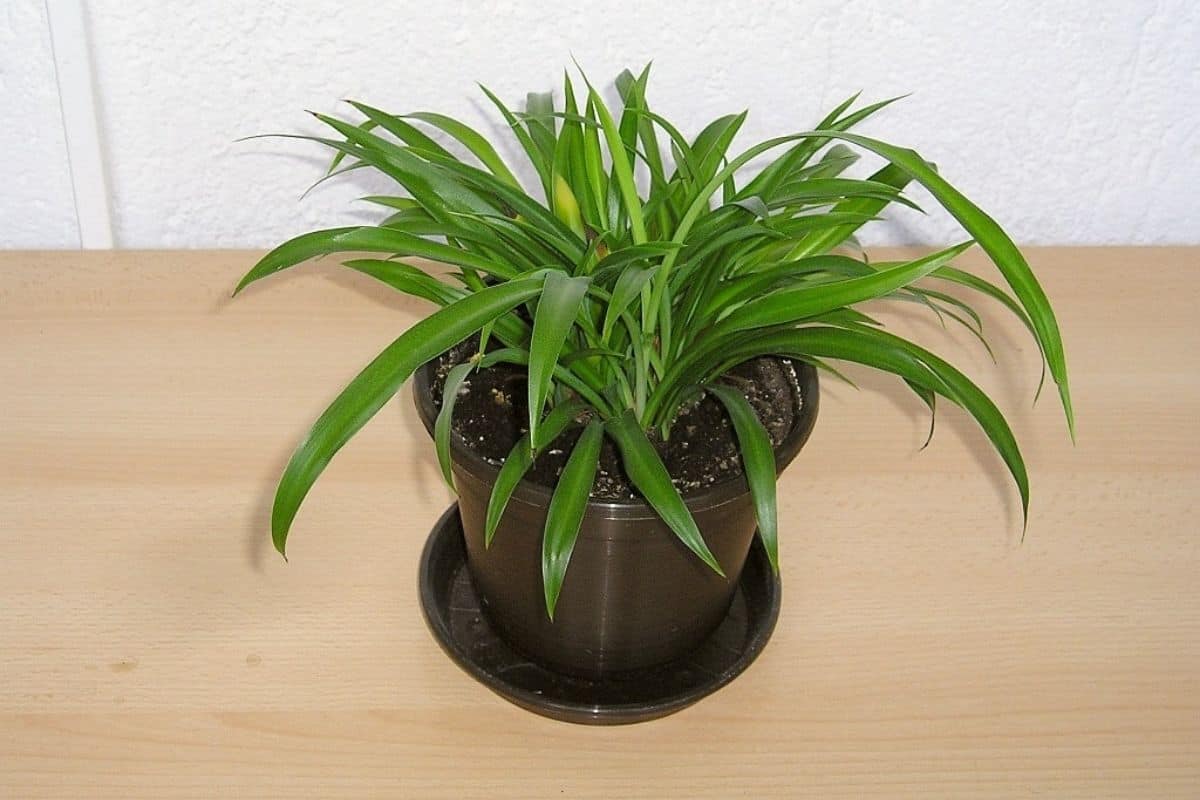
Chlorophytum Capense is a flowering variety of Spider plant. Its large, glossy leaves have dark veins running through them. The flowers are produced in clusters at the top of the stem.
Unlike other Spider plants, the flowers of Chlorophytum Capense sprout straight up instead of hanging down.
When planted indoors, the key to watering this plant is to allow the top inch or two of potting soil to dry out between watering.
Reverse Spider Plant
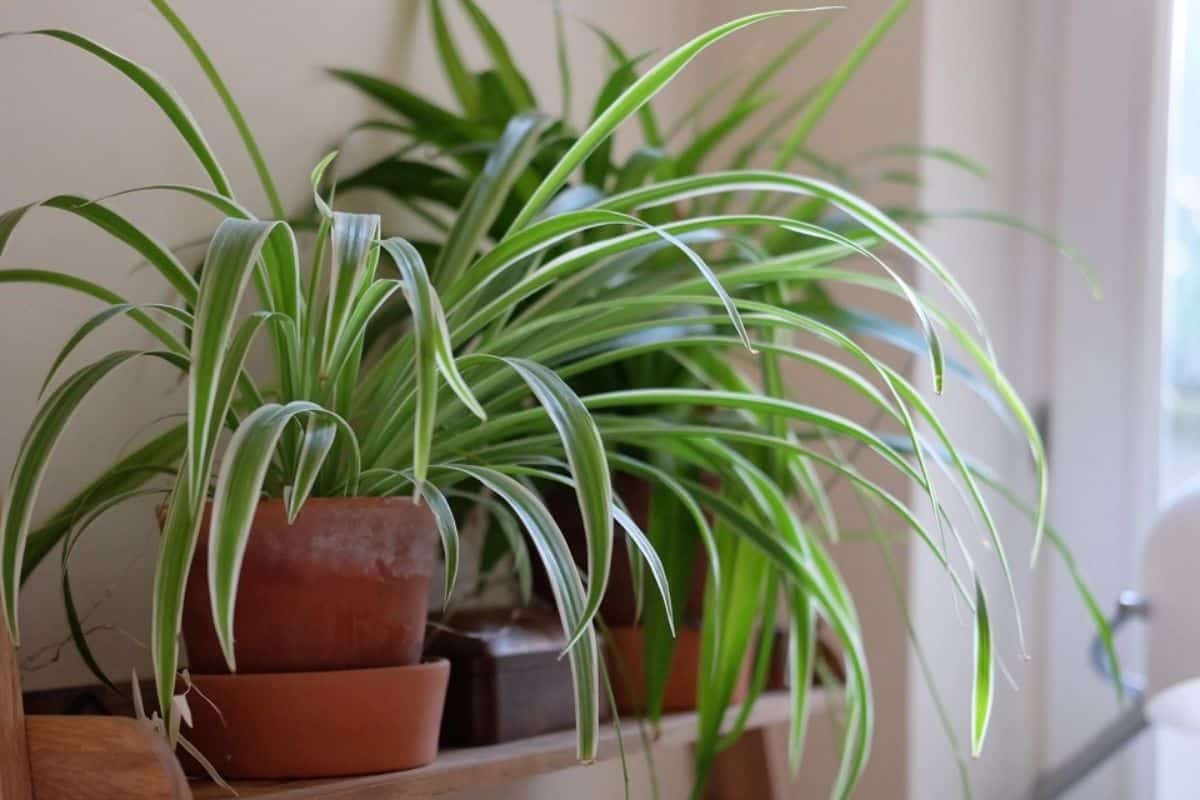
Reverse Spider plants are great for beginners with little experience as they require very little attention.
Reverse Spider plants need water 1-4 times a week, or as soon as the soil feels dry.
Reverse Spider Plants are hardy and can also be planted outside in your flower beds or borders, making a wonderful addition to any garden.
Variegated Spider Plant
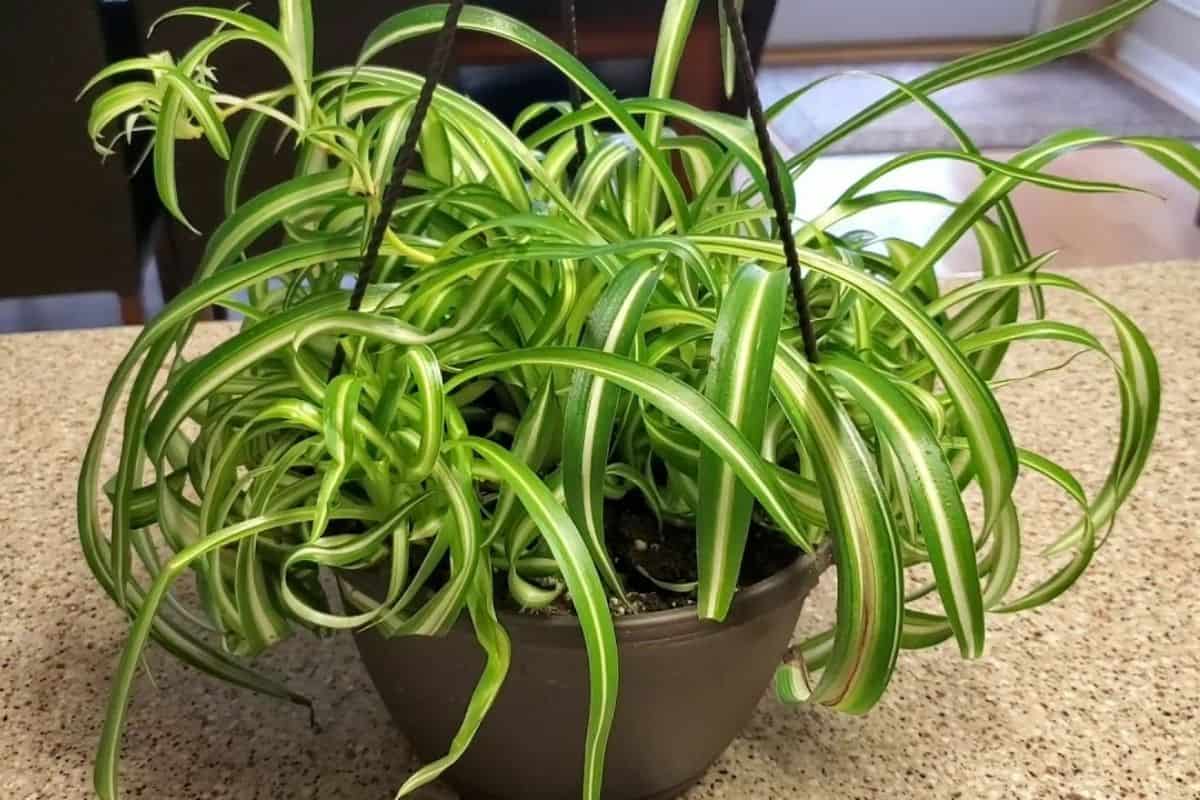
Variegated Spider plants are hugely popular due to the fact that they are easy to grow both indoors and outdoors.
Spider plants are ideal for use in indoor spaces such as living rooms, kitchens, and conservatories, but due to their drought tolerance and the fact that they’re pests hardy, they are fairly easy to grow outside.
Outdoors, this plant grows best in well-drained soil in light shade and is drought tolerant.
Indoors, these plants need a minimum of 10 hours of direct sun per day and shouldn’t be watered until the soil has dried out.
How Long Do Spider Plants Live?
Spider plants can live for a very long time. In fact, the average lifespan of a spider plant is around 20 years.
However, there are several factors that affect how long your plant lives. These include but are not limited to:
– The type of spider plant you have
– How much light it gets
– What kind of potting mix it’s growing in
– Whether it’s been moved too often
– If it’s had any diseases or pests
– If it’s been overwatered
So, despite the fact they can live for a very long time if the conditions are right, how you take care of this plant has a huge impact on their life span.
Are Spider Plants Toxic?
Spider plants are not toxic for humans or household pets such as cats and dogs. However, it’s worth noting that spider plants do produce chemicals that have mildly hallucinogenic effects on cats, similar to catnip. As a result, it may be best to keep them out of reach from your cats at home.
Where To Plant Spider Plants
Maintaining these spider plant varieties won’t be a hard job, as they’re relatively low-maintenance plants. However, there are a few things to consider when it comes to planting your Spider plants. These include:
Location
Whether you plan on planting your Spider plant in an indoor or outdoor space, then you’ll want to make sure that you carefully consider the location and whether it’s got the right amount of sunlight for the specific variety of Spider plant.
Some of these plants like direct lights, while the others just need a partial shade.
Climate
If you intend to plant your Spider plant outdoors, then you’ll need to consider whether the climate is warm enough for it to survive all year round. This means that you should avoid planting it if you live in an extremely cold climate during the winter.
If not, then it’s better to plant your Spider plant indoors. After all, these wonderful plants are tropical!
Soil
The soil required for these plants differs from varieties, however, it’s an important consideration when it comes to planting your Spider plant.
For instance, variegated Spider plants thrive best in well-drained soil.
If the soil isn’t the right type of soil, then your plant could end up dying sooner than you anticipate.
Which Varieties Of Spider Plant Can You Keep Indoors?
While the growing conditions matter, you can keep all of these varieties of Spider plant indoors should you choose to!
In fact, it can actually be much easier to grow them indoors, as you can control the environment much more easily. Typically speaking, spider plants prefer temperatures between 55 and 80 °F.
This is much easier to control indoors if you live in a cooler climate, or when you’re having to contend with the outdoor elements, such as heavy rainfall, that can overwhelm their roots.
That being said, you will need to carefully consider all of their needs, such as soil, sunlight, and water to ensure that they are happy.
All the varieties of the Spider plant bring a lot to a room thanks to their eye-catching leaves, providing a tropical feel to your home.
The great thing about keeping your Spider plants indoors is that they look beautiful whilst also creating a healthy environment as they have an air-purifying nature.
That being said, not all varieties of Spider plants are widely available. While there are some common varieties that you can easily locate at the store, there are rarer types such as the Bonnie Spider plant that are much harder to find.
Whichever Spider plant you opt for, make sure that you carefully research the needs of the specific Spider plant in question.
In Summary
Hopefully, after reading this article you have a better idea of the 7 different varieties of Spider plants.
Make sure that you find the right location for your plant regardless of whether you plant it indoors or outdoors. Too much light can result in a variety of issues for your plant, such as the leaves becoming burned.
On the other hand, not enough light could lead to your plant dying in sodden, overwatered soil if it doesn’t have the opportunity to dry out.
Good luck growing your Spider plant!

